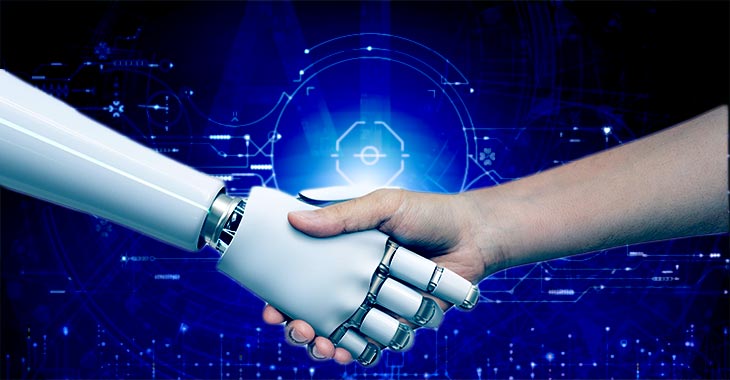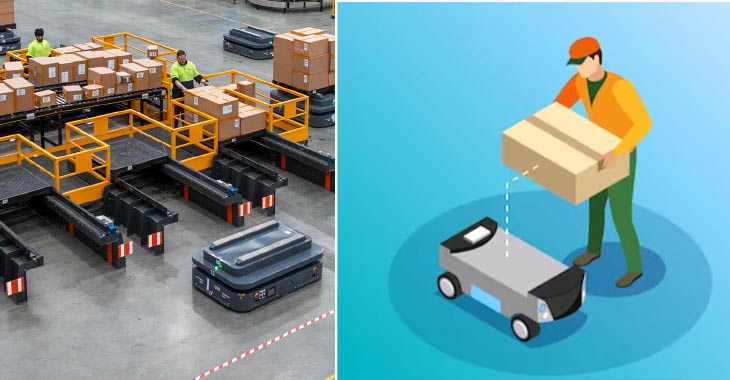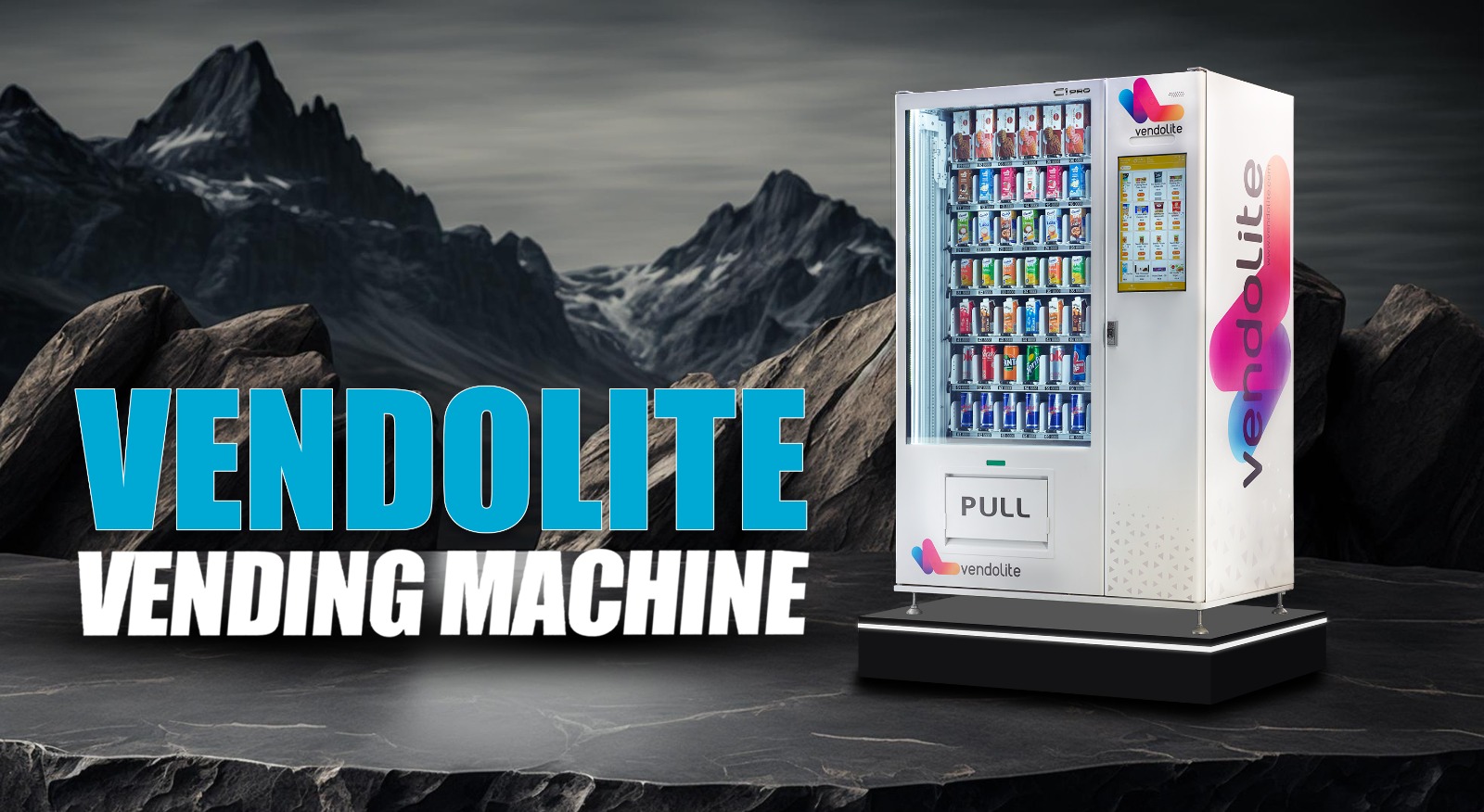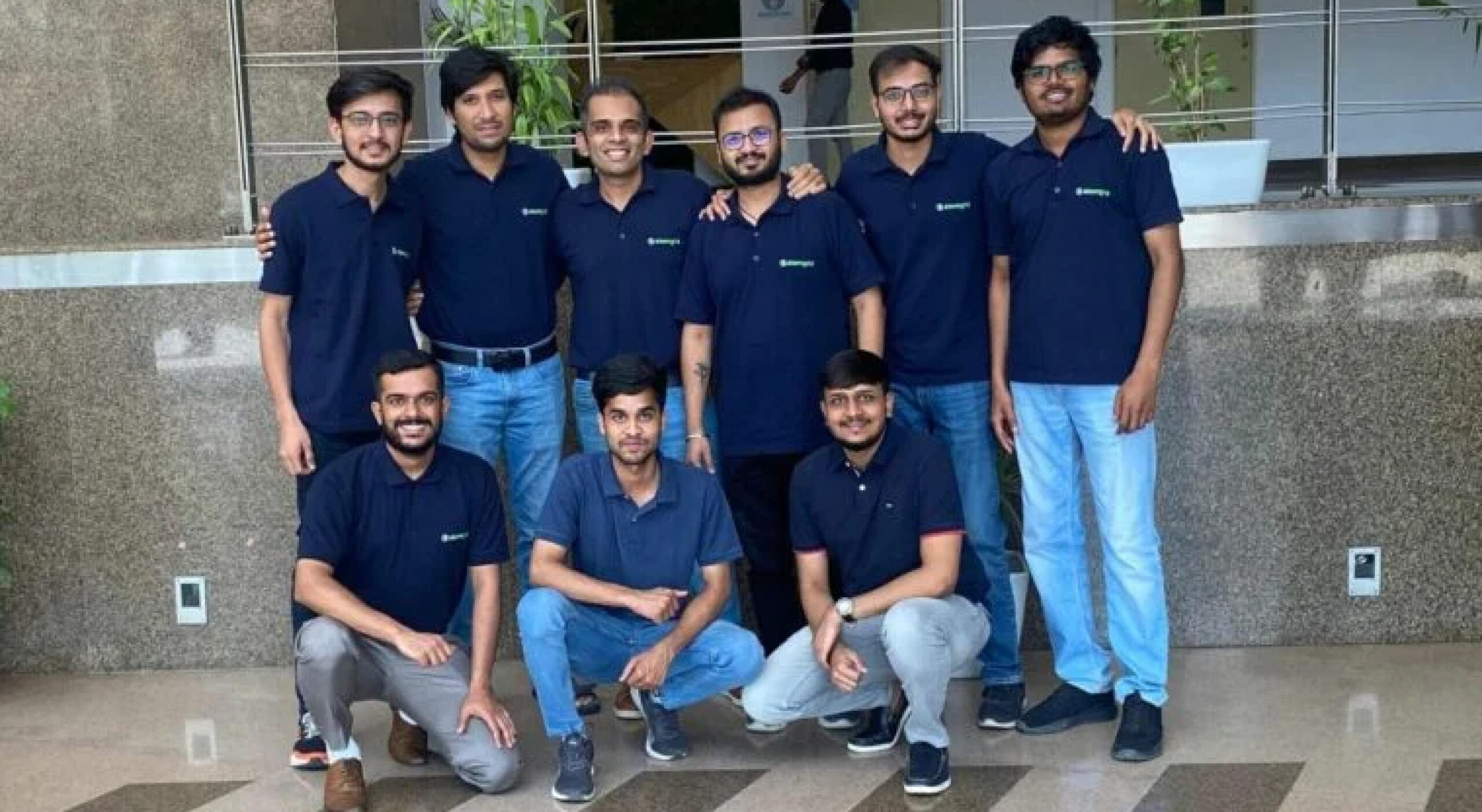Your next order might be picked by a Symbiote!
- ByVinayak Shete | September 8, 2023

The first thought that often comes to mind when someone mentions robots in the workplace is “unemployment.” However, the prevailing belief that robots are meant to replace humans in the workplace is evolving. The relationship between robots and workers is becoming increasingly symbiotic, rather than one of replacement, as we acknowledge that there are certain activities in which humans excel due to millions of years of evolution, such as cognitive thinking and the use of fingers for grasping objects. This article explores how this symbiotic relationship between robots and workers is currently impacting and will continue to impact workers in warehouses, as well as the direction in which the robotics industry is expected to move.
As Davinder moves towards a pallet loaded with cartons of various sizes and different items, Dynamo, an Automated Mobile Robot (AMR) from Addverb, quietly approaches him from behind. He searches for the correct carton he needs, picks it up, and places it in the tote carried by Dynamo.

What just happened here? On average, a picker in a warehouse covers a distance of 10 to 14 kilometers per day. Now, imagine pickers having to drag all the items they collect while walking; it would be an arduous task. In this scenario, Davinder utilized his cognitive thinking to locate the required cartons from a variety of options in front of him. He used his fingers to grasp the carton, picked it up with his hands, and let Dynamo handle the heavy lifting. This exemplifies the symbiotic relationship between humans and robots.
One of the most complex aspects of the picking process is identifying and grasping items from a multitude of different products. To automate this process, a robotic system requires a pattern to follow, such as the arrangement of items on a shelf, their orientation, and quantity. When this pattern is disrupted, robotic picking can go awry, necessitating human intelligence to quickly assess the new pattern—an almost subconscious act for us. Several companies, like Brightpick, are attempting to replicate this ability in robots, but they are far from achieving perfection. However, other companies such as Addverb, Locus, and 6Rivers leverage human cognitive thinking to assist robots in improving productivity. This approach enhances the productivity of human workers in existing warehouses without requiring significant changes to infrastructure. Pickers and robots can collaborate within the same aisles of racks and shelves.
The success of this approach is evident in the fact that Locus robots have helped pickers handle 2 billion units in various warehouses, with the most recent billion being picked in just the last 11 months, showcasing its growing adoption rate.
Picking is not the only task where this approach can be applied; other critical activities, such as sorting, also benefit from it. Robots like Zippy and Sortie from Addverb take items from humans, move them to the required sorting points, and complete the sorting process, thereby enhancing human productivity.
In a country like India, where labor costs are relatively low and the maturity and acceptance of automation are still developing, improving labor productivity by fostering a symbiotic relationship with robots which comes in many forms such as use of AMRs, Vacuum lifters, Exoskeletons etc. and it appears to be a logical strategy that companies are likely to pursue in the future.
Author – Vinayak Shete (Manager Solution design: Addverb Technologies)










